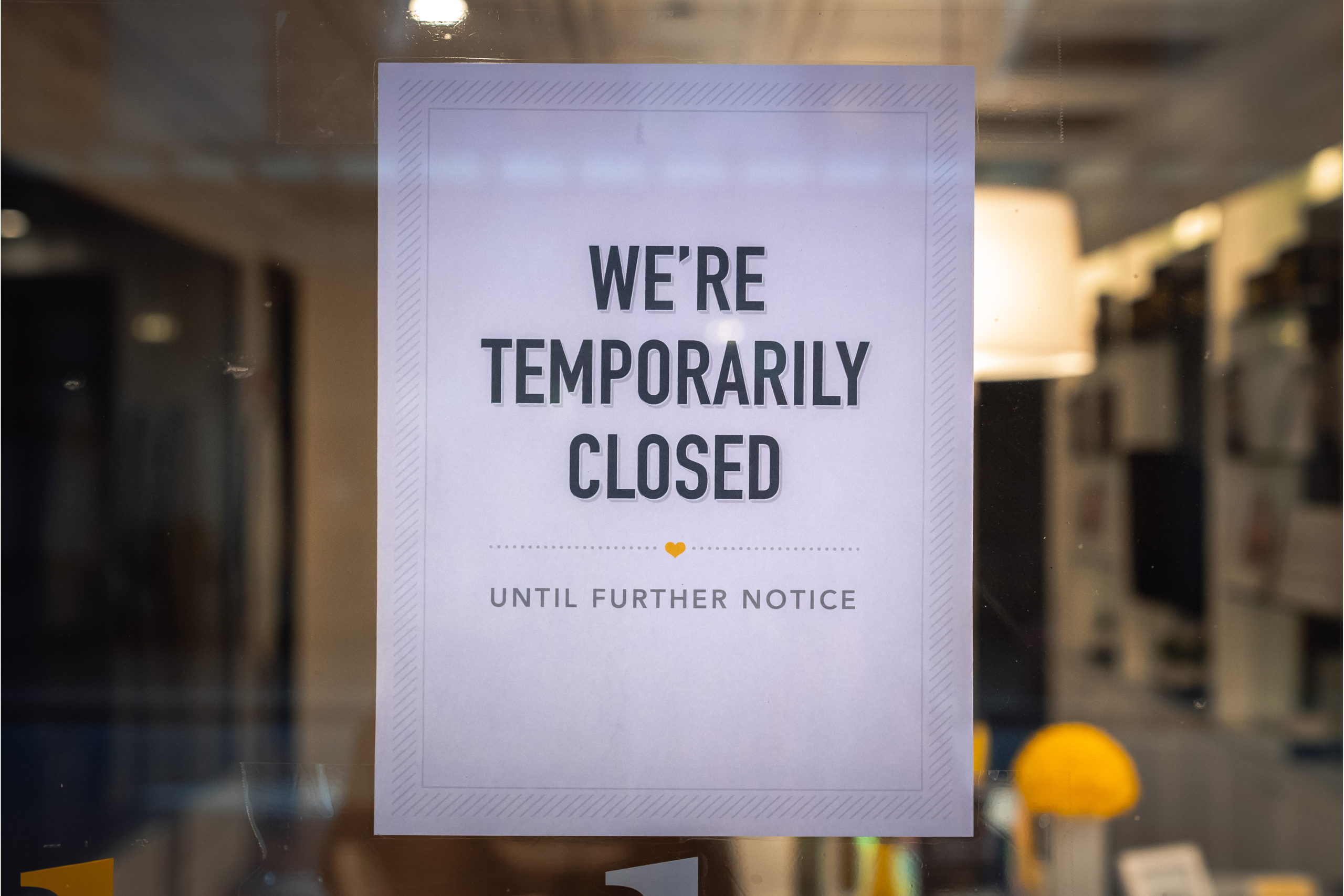With the current avenues of communication between businesses and customers, there’s never been a better time to foster customer engagement. Let’s look at why it’s important to keep your business listings up-to-date.
Businesses now have unprecedented reach to their customer base. They have the potential for customer engagement through a host of sites and platforms. These include: the company’s website, Google My Business, mailing lists, Facebook, Instagram, Twitter, Linkedin, and countless review sites. In light of this access, it is a mystery why we continue to show up to closed stores that were advertised as being open.
While business listings don’t change regularly, it’s still important to keep them up to date, especially trading hours. We’ve seen a significant increase in reduced trading hours since the pandemic. Small businesses are opening later and closing earlier due to staff shortages. Let’s not forget all the Public Holidays we’ve had recently that affect trading hours.
WHY is it important to keep your business listings up to date?
- Customer convenience: Up-to-date contact information and trading hours help customers find the information they need to get in touch with a business.
- Credibility: Outdated information can make a business look unprofessional and unreliable, which can negatively impact its reputation.
- Search engine optimisation (SEO): Search engines like Google use local business information to display accurate search results for users. Keeping contact details and trading hours up to date will help improve a business’s visibility in search results.
- Increased engagement: When customers are able to easily find and contact a business, they are more likely to engage with it.
- Improved customer experience: Accurate and up-to-date information will help customers have a better experience when they interact with a business, whether it’s by phone, email, or in person.
Keeping contact details and trading hours up to date is essential for businesses. It helps to maintain their credibility, improve their search visibility, increase engagement with customers, and enhance the overall customer experience. Now that we know WHY it’s important, let’s look at HOW a business can manage this often-forgotten task.
HOW can a business manage its listings easily:
- Create a master list: Compile a comprehensive list of all the sites and directories where the business is listed. Include the business name, address, phone number, email address, trading hours and any other relevant information. This list can be updated as new listings are added or existing listings are modified. This master list can also be shared with suppliers and service partners, ie- your Mystery Shopping Provider.
- Use a spreadsheet: Spreadsheets are a great way to keep track of business listings in an organised and easily accessible way. A small business can use a spreadsheet to record all of its listings and keep track of updates or changes. You can easily add links to the different sites as well as all the user logins. Add some notes and a column for the date the site was last checked or updated, and you won’t miss a thing.
- Set reminders: Set reminders to regularly review and update business listings. This could be done monthly, quarterly, or semi-annually, depending on the frequency of changes to the business information. Don’t forget to update your listings when you’re closed for renovations, stocktakes, severe weather events, private functions etc.
- Use listing management tools: Some companies offer tools that can help small businesses manage their online listings. These tools can automatically update business information across multiple sites and directories, saving time and reducing the risk of errors.
- Monitor search results: Regularly search for the business online to see which sites and directories are displaying its information. This can help a small business stay on top of its listings and ensure that all information is up-to-date.
As the number of listings grow, it’s more challenging for businesses to keep track of all the sites. Businesses that follow these tips can stay organised and ensure that their information is accurate and up-to-date across all sites and directories.
WHERE should a business list and update their info:
The most important websites for a business to list its contact details on will vary. It all depends on the type of business, its target audience, and its location. Consider the most commonly used sites:
- Google My Business: This is a free listing service provided by Google that allows businesses to manage their online presence across Google, including search and maps. Here’s how to update your listing. Don’t risk alienating customers who search Google, see that a store is open, only to find they’re actually closed, when they’ve taken the time to drive there. We see this happen with our Mystery Shoppers sometimes.
- Company website: A business’s own website should be the first place to list its contact information and trading hours.
- Facebook: With over 2.8 billion monthly active users, Facebook is one of the largest social media platforms. It is a powerful tool for businesses to reach and engage with customers. You can update your actual listing in the page settings and also post an update that will show in your audience’s feed.
- Yellow Pages: Yellow Pages is a print and online directory of local businesses that many countries still use widely. While the print version is becoming less used, having your details up to date in the online version is still important and gives your business credibility on other sites, such as Google.
- TripAdvisor: TripAdvisor is a popular travel website that features reviews, photos, and contact information for a wide range of businesses, including restaurants, hotels, and tourist attractions.
- Local Chamber of Commerce: Many local chambers of commerce offer business directories or listings that can be a great way for businesses to reach customers in their community.
- Yelp: Yelp is a popular business directory that allows customers to find and review local businesses.
- Instagram: This is a great platform, especially for service-based businesses that have multiple sites. Typically, customers will follow and connect with their local business. They receive updates on specials, appointment vacancies, trading times and behind-the-scenes news and updates. Keep your Instagram followers up to date and build engagement at the same time.
It’s important to keep in mind that this list is not exhaustive.
Businesses should consider their specific needs and target audience when determining which websites to list on. Some sites are useful for basic listing info. Other sites are great for elaborating and sharing your story. Closed for renovations? Share photos and sneak peeks of what’s happening so customers are a part of the journey. Additionally, this will help create buzz about what’s going on. Make use of maps, especially in shopping centres so customers can easily find you.
Once you’ve determined which sites are the best for your business, don’t forget to add them to your master list and spreadsheet!
A business closed without notice can cause a lot of damage. It can result in frustrated customers, missed opportunities, a damaged reputation, and a decline in customer trust. There is even more damage if the customer checked trading hours online, before visiting. To avoid these outcomes, businesses need to keep their trading hours up-to-date and communicate any changes to customers in real-time.
Keeping your business listings and trading hours up to date is just one way you can improve the relationship with your customer. It’s an extension of your service and a big part of the customer experience. To further enhance your customer service, consider implementing a mystery shopping program. Many of our clients ask us to check their trading times, as well as whether Team Members mentioned their mailing list and social media platforms. In order to communicate effectively with your customers, you must create connections that extend beyond the actual visit, phone call, or web visit.
You can provide customers with accurate and real-time information by following these simple steps. What are your go-to ways of communicating with customers? We’d love to hear about them!
If you would like to discuss how a mystery shopping program or audit will help you keep your customers informed, give us a call or contact us here.



